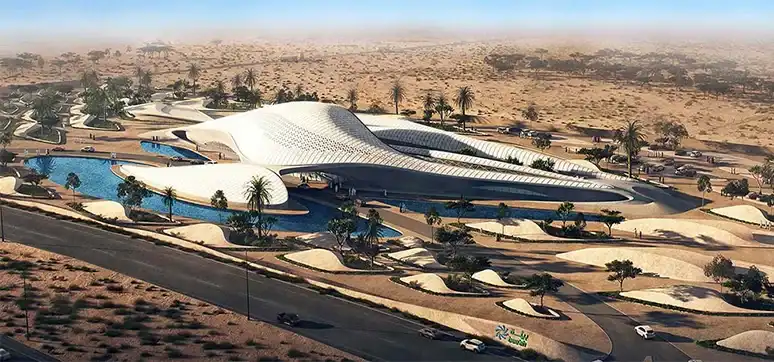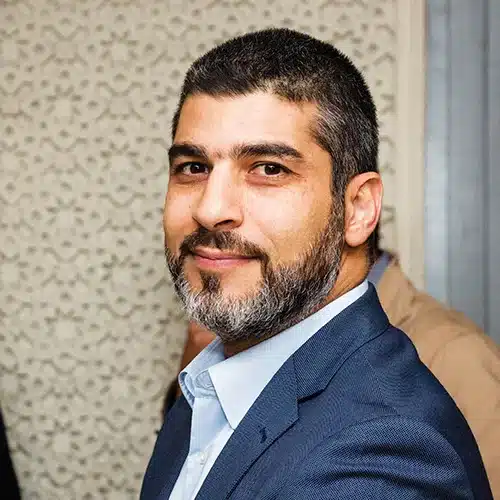In an interaction with Abdulmajid Karanouh (International Director and Head of Interdisciplinary Design & Innovation) from Drees & Sommer spoke about his journey, and shared his views on the current situation of the architectural segment in the post-pandemic, etc. Here are the excerpts…
Tell us about your practice and design approach?
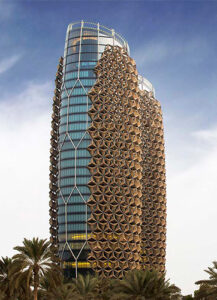
Drees & Sommer was born in Stuttgart over 50 years ago as a project management consultancy firm. Since then, the firm has grown into the largest all-around German consultancy group in the Built Environment with over 40 offices across the globe, covering over 70 disciplines and sectors, offering 360 degrees of total integrated urban and building solutions.
Our Interdisciplinary Design & Research (IDR) group is responsible for developing strategies to bridge gaps and establish synergies between various disciplines within Drees & Sommer on one hand and between Drees & Sommer and other stakeholders and disciplines in the industry on the other. In that respect, our design approach is based upon the principles of interdisciplinary – as opposed to streamlining multidisciplinary – where we try to involve and integrate key representatives from various stakeholders across the industry from very early project vision stages, as opposed to working in silos in a sequential fashion.
IDR comprises of a highly diverse and talented group of specialists from various backgrounds including entrepreneurial business consultation, project management, master planning and architecture, building physics and engineering, environmental and sustainable design, digitisation and BIM, constructability, operability and facility management, whole lifecycle simulation and cost modelling among others. We use computation and algorithmic thinking to customise digital parametric tools to build links between different disciplines and project elements to design, simulate, analyse, validate, optimise, and communicate the physical buildup, and related technical and financial performance of any given project.
What inspired you to become an architect?

As a child, I have always been fascinated by how the universe works and how things take form, colour, and function. This fascination, perhaps inspired my early passion for drawing and building physical models. I especially wanted to become an aeronautic or automotive design engineer as I spent most of my time at home in my early teenage years designing and building physical models of aircraft and vehicles.

However, I grew up in a country where no such industry or field of study was available. Therefore, I chose the closest field of study that I could find that combines visionary design and applied sciences like engineering and construction; architectural engineering. However, as soon as I had the chance to travel and work in Europe, I took every opportunity to study and specialise in high-tech to bring me closer to my original passion. It is one of the reasons that drive my passion for blending architecture with technology.
Please tell us about your projects featuring very innovative and different kinds of façade and fenestration designs.
Perhaps people in the industry know me best for having co-authored the competition-winning scheme of the Al-Bahr Towers and spearheading the design team from concept to realisation and operation from 2007 till 2015. The main stand-out feature of the building is its computerised dynamic façade that adapts to the movement of the sun. However, earlier in my career, I have also been fortunate enough to have been involved in some very exciting projects indeed.
This includes the Turning Torso for Santiago Calatrava in 2005, known for being the first twisted tower – and subsequently the first twisted unitised façade – in the world, and the Dubai Metro by Aedas which was known for being the largest geometrically complex building in the world at the time it as built in 2009.

After the completion of the Al-Bahr Towers, I have also been fortunate to work on many exciting projects for the likes of Grimshaw Architects, Foster & Partners, BIG, MVRDV, and especially Zaha Hadid Architects including the North Souks in Central Beirut District known for its unique diagrid structural envelope comprising of hundreds of diamond-like GRC framed glass units that never repeat in size and shape. Recently, however, I have been working on many exciting projects as part of the KSA Vision 2030, including Neom Mountain by Lava Architects, which is highly futuristic and ambitious indeed from an architectural and performance standpoint.
Could you please tell us about the latest façade and cladding technologies and materials available in the UAE market and those you used in your project?
Besides the dynamic system of the Al-Bahr Towers, composite materials and structures have been some of the most exciting façade technologies that I have been working on recently in the UAE. This includes the Abu Dhabi Cruise Terminal by BDP Architects, where Carbon Fibre was used for the first time as supporting structure for the building envelope, earning its best innovation award by CFK Valley in Stade, Germany in 2015. Composites have since been used on several different iconic projects, including Zaha Hadid Architects’ Bee’ah HQ in Sharjah.
What are the key factors to consider while designing and installing fenestration?
More than I can list in the context of this interview, unfortunately. In a nutshell, however, it is all about being considerate to all disciplines and stakeholders involved in the process and striking a balance between them; it is very important to understand the dynamic context of the project and driving parameters including budget and timeline, the environment, the industry, and supply chain capabilities before jumping into designing anything.
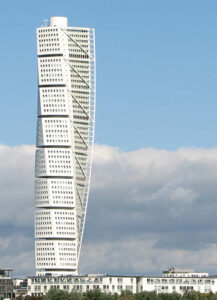
That being said, a fundamental understanding of building physics and knowing how to blend engineering, constructability, operability, and economy with architecture to create viable solutions that are aesthetically pleasing yet performance is a key and a hard-earned skill indeed to the success of any building envelope.
Could you please brief on the technological benefits of the well-managed façades?
If building envelopes are properly designed, fabricated, installed, and managed, the benefits can be endless and invaluable indeed. It can improve the overall performance of the building from an environmental, economic, and user-comfort standpoint, including extending the whole lifecycle of the building. Smart building envelopes can be designed to interact with occupants to improve performance and comfort and to interact with the surrounding public for communication and education.
What are your views on the future façade and fenestration technologies as well as materials?
While I am an advocate of technology, I am also a higher advocate of a contextual approach to design; I would like to see more genuine exploration and development of indigenous materials and solutions as opposed to importing solutions en masse from abroad which are neither entirely suitable nor sustainable for the industry in the Middle East. In a nutshell, I would really like to see the making of solutions that embrace the environment – as opposed to defying it – to provide more sustainable and comfortable habitats.
How do you go about choosing the material of the façade and cladding?
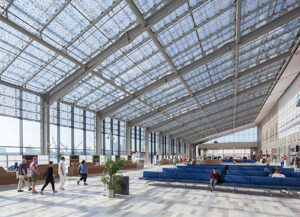
By understanding and taking into consideration the project context first as described earlier, then exploring how we can maximise the use of local materials and the local supply chain as early as feasibility studies, and then striking a balance between project stakeholders’ aspirations, budget, and delivery time frame.
What are the challenges the architectural segment is facing due to this Covid-19 situation?
I would say the limited interaction and even more so limited resources. While online platforms have obviously helped a lot to keep people connected and communicating with one another, it is not quite as effective as being present on the ground physically, especially when interactions like sketching over the same board/drawing, feeling samples and materials, examining site conditions and mock-ups, etc. is much needed to make critical and informed decisions. Lower fees and lower number of projects combined means that architects have to manage with even fewer resources than before.
Has this pandemic affected your business? How are you dealing with this situation?
It has imposed many limitations as described above. It has also slowed down projects and decision making a lot. However, we try to keep communicating as much as we can daily with each other as a team and with our clients via online platforms. Recently, we have been allowed to gradually resume working from our office, but face to face interaction with our clients is still very limited.
As a well-known architect, what sustainability means to you and how do you ensure the sustainability aspects of your projects?

Sustainability – as the terms itself suggests – is about ensuring the healthy continuation of life on our planet. As an architect and design specialist, as much as I would like for many things to be done differently and as passionate as I am in pursuing in what I believe them to be the “right” things to do, I also have to accept that I am not alone on any given job and therefore I cannot control everything; I do the best I can from my position and within the available opportunities and resources. That being said, we always need to try to adapt and develop to maximise those opportunities and resources and therefore maximising the value of our services.
What is your advice for young and upcoming architects?
While being hungry and passionate for practice is highly commended and a must for success, patience and even more hunger and passion for knowledge and practical learning is even more important earlier in your career to avoid facing too many disappointments too early to a point you lose motivation too soon; whatever you have been told or taught at school is only a drop in the ocean of the what you can learn from practice; always keep an open mind for new ideas and new opportunities; best things may happen to you when you least expect them.
